If you are reading this article, you may have questions like the ones above. In this article, we will explain the configuration of the IoT system, what it can do, the development flow, and usage examples. We also introduce the “IoT System Technology Certification”, which is a test for those who want to learn about IoT systems, so please refer to it.

IoT and IoT systems
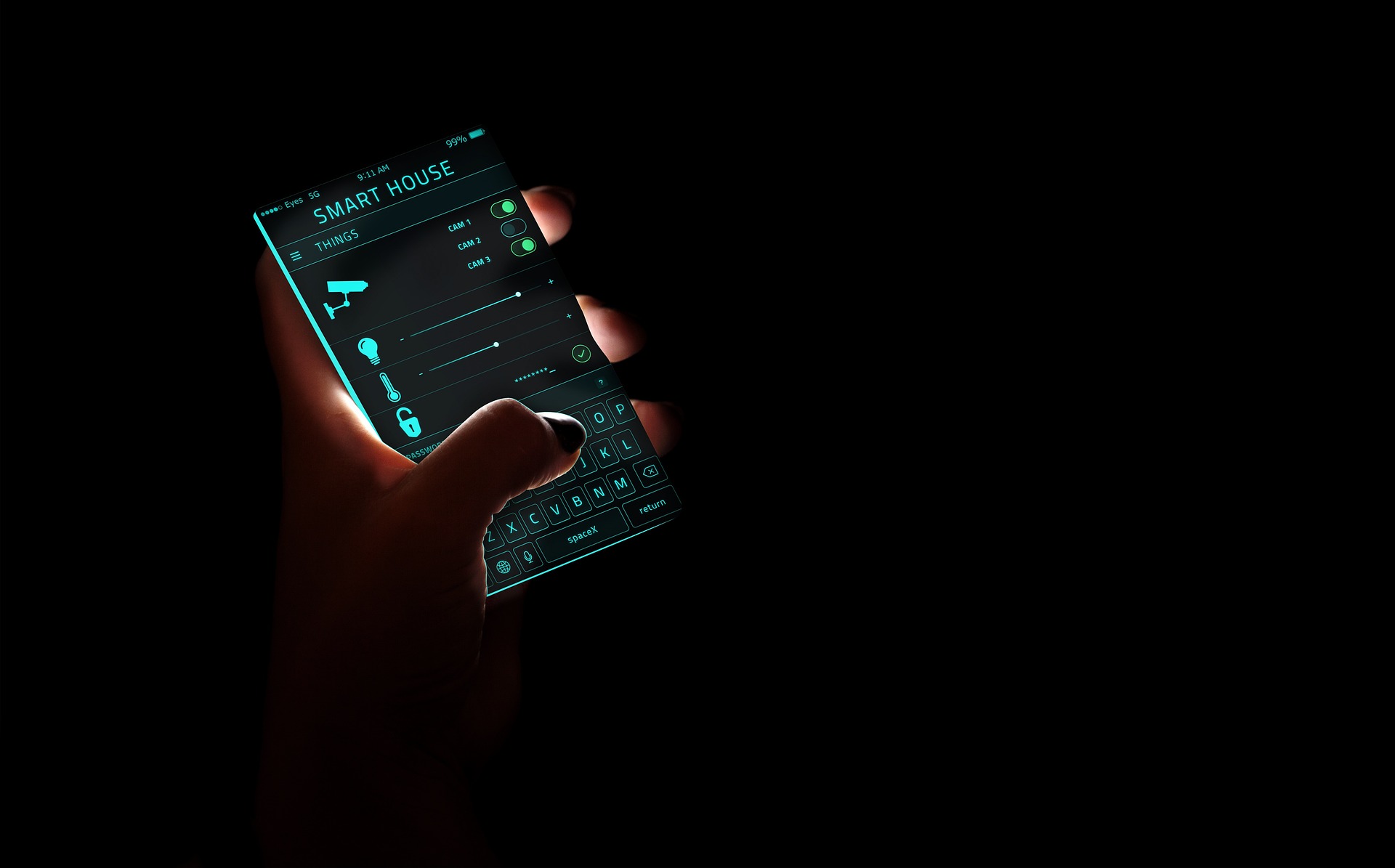
IoT (Internet of Things) is a technology in which devices and sensors communicate via the Internet to collect and share data. Smart home appliances that have been released for home use in recent years are also products that use IoT technology.
As the name suggests, an IoT system is a system that uses IoT technology. It is used not only in factories but also in vending machines and home appliances, and it is expected that collecting and analyzing data will make life more comfortable and make work more efficient.
IoT system components
The IoT system consists of the following elements:
- device
- network
- application
- storage
Device
Devices mainly refer to hardware such as actuators, temperature sensors, humidity sensors, cameras, and smart meters. The device’s role is to collect the following data.
- temperature
- humidity
- Whether there are humans or pets
- Power usage status
It is also possible to operate on “things”. For example, perform the following actions:
- make a sound
- Operate the remote control
- opening/closing the door
- Discharging food given to pets
Devices in IoT also have the role of connecting to the Internet and sending and receiving data.
Network
IoT systems require networks to send and receive data between devices and between devices and applications. The following are network technologies used in IoT systems.
- Wifi
- Bluetooth
- 3G, 4G, 5G
- M2M communication (device-to-device communication)
In order for a device to process the information it collects, it must send and receive data. The wireless and mobile networks mentioned above are the constituent elements of the data transmission and reception path in the IoT system.
Application
In IoT systems, applications are used to process and analyze data. It may be easier to understand if you think of them as being in charge of utilizing the collected data.
The application also has the role of issuing instructions to the device based on the analyzed information. In the case of an air conditioner IoT system, energy savings can be achieved by issuing an instruction such as “According to the data collected by the sensor, there is no one around at the moment, so let’s turn off the power.”
Storage
Storage is used as a place to store collected data. In many cases, cloud storage will be used. In IoT systems, the amount of data collected by devices increases as the usage time increases.
With more data, applications are likely to perform more effective analysis. However, there is no numerical value such as “the optimal amount of data is XX GB”, nor does it mean that more data is better. Therefore, data needs to be collected and stored for a while. By using storage with a large upper limit that can be collected, it is possible to accumulate and analyze the necessary data.
Background to the spread of IoT systems
It can be said that IoT systems have spread rapidly in recent years.
- Network acceleration
- Popularization of smaller devices
- Reducing manufacturing costs through the development of advanced technology
Network acceleration
One of the important factors behind the spread of IoT systems is the increase in network speed. Recently, high-speed and stable Internet connections have become widespread, and mobile communication technology continues to develop. These advances in network technology have enabled large numbers of devices to send and receive data simultaneously. By using a high-speed network, we are able to exchange information in real time with little communication delay.
As mentioned earlier, networks are essential for IoT systems. As network technology has evolved and data transmission and reception within IoT systems has become faster, convenience has improved. As a result, it is thought that the number of people who want to use IoT systems continues to increase.
Popularization of smaller devices
One of the reasons behind the spread of IoT systems is the spread of small and power-saving devices. Among the components of IoT systems, this is the development of devices.
Advances in industrial technology and science have made it possible to create small yet high-performance devices such as sensors and controllers. Small devices are more energy efficient than large devices, and have the advantage of being easier to use in household products. Advances in device miniaturization have made it possible to incorporate devices into a variety of products.
Even small devices can collect data in real time. It can be said that the progress made in achieving smaller size and higher performance of IoT devices is directly linked to the spread of IoT systems.
Manufacturing cost reduction through the development of advanced technology
The reason behind the spread of IoT systems is the decline in manufacturing costs due to the development of advanced technology. This is also a story about devices among the components of an IoT system. IoT devices have also become cheaper to manufacture due to advances in semiconductor technology, microprocessors, energy efficient device designs, and many other related technologies.
Furthermore, as an advanced technology, the application aspects of the components of IoT systems are also evolving. Advances in cloud computing and big data technology have also reduced the cost of data collection and processing.
The above two technologies have made it possible to manufacture high-performance IoT devices at low cost, and the convenience of the IoT system as a whole has improved, which is why IoT systems are becoming more popular.
What you can do with IoT systems
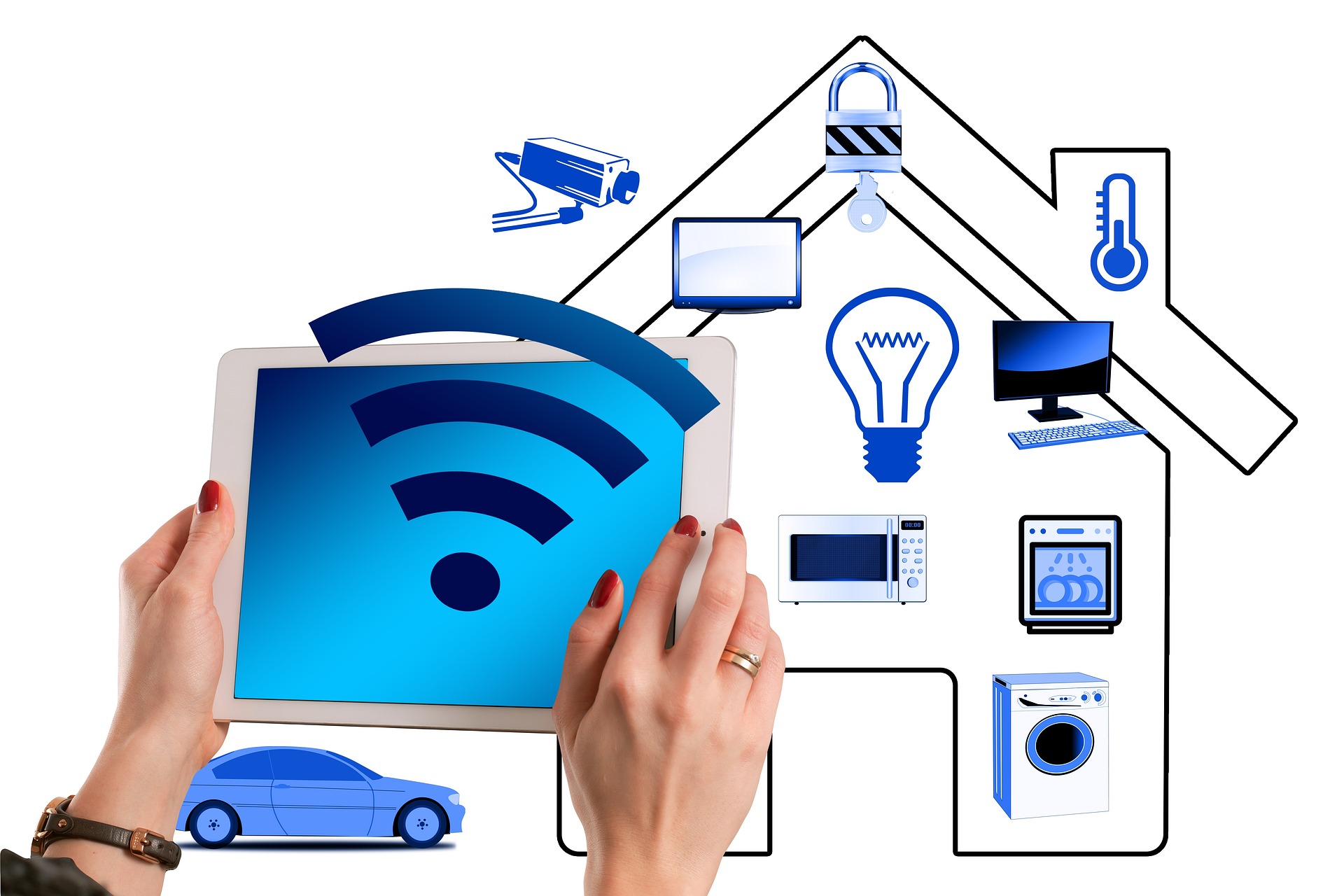
The following are examples of what can be done with IoT systems.
- Operations on things
- Monitoring the status and operation of things
- Communication between things
Operations on things
IoT systems allow users (humans) to operate things remotely.
For example, in a smart house, you can use your smartphone or tablet to adjust the temperature of your home’s air conditioner, turn on/off lights, and feed your pet. Smart cars also use mobile apps to unlock the car’s doors and start the engine.
By using IoT systems, it is possible to operate things via a network even when the user is not present.
Monitoring the status and operation of things
IoT systems can monitor the status and operation of things in real time. Devices such as sensors and actuators are embedded in products to collect and send data to applications and storage.
For example, a refrigerator with a built-in temperature sensor monitors the temperature inside the refrigerator and notifies the user if the temperature is abnormal. This not only allows users to notice abnormalities inside the refrigerator, but also helps prevent food from deteriorating if noticed early.
Let’s also consider the example of a smart meter installed as an electricity meter. Smart meters not only monitor electricity usage and notify the utility company, but also provide recommendations to users on how to improve their electricity usage based on the collected data and analysis results.
By monitoring the status and operation of things through IoT systems, it is possible to improve efficiency and safety, and discover problems early.
Communication between things
IoT systems allow things (products) to communicate with each other.
For example, in a smart home, sensors and smartphones communicate to share data and perform operations. In addition, in factories, manufacturing lines that use IoT systems allow machines to share data with each other. As a result, it will be possible to understand the details and progress of the preceding and succeeding processes, which will help improve operational efficiency and detect abnormalities.
The use of IoT systems allows things to communicate with each other, making life and work more efficient and convenient.
IoT system development flow

The general waterfall development flow for IoT systems is as follows.
- Requirements definition and design
- implementation
- quality test
- Release and maintenance operations
Requirements definition and design
Define requirements at the beginning of IoT system development. This is the process of clarifying the purpose and functionality of the system, working backwards from what users want, and understanding requirements and business needs.
Requirements definition clarifies what devices and sensors are needed, how data will be acquired and processed, network connectivity, security requirements, etc. In addition, the necessary budget, number of development team members, period, etc. are determined at the requirements definition stage.
Design is done after requirements definition. We provide technical details for the content documented in the requirements definition. Specific details include device architecture, data flow (network), user interface, etc.
Implementation
Once requirements definition and design are complete, implementation begins. We will actually create a pre-designed system as a program. The specific content to be implemented in an IoT system includes configuring devices and sensors, building network connections, and processing data. If you have any content that has been designed, such as cooperation with applications or cloud services, please implement it for those as well.
During implementation, we select an appropriate programming language and framework in advance, and optimize the programming itself from the standpoint of safety and performance.
Quality test
After the implementation is complete, we will conduct a quality test. Specific examples of quality tests include functional tests, performance tests, unit tests, and coordination tests.
Functional test: Check whether it can operate as required
Performance test: Evaluate whether it can withstand a certain load, communication speed, processing speed, etc.
Unit test: Check whether one function operates as expected
Linkage testing: Not only does it meet the specifications, but it also confirms that there are no abnormalities in areas where there were no problems in the unit test when multiple functions are combined.
If we determine that the quality does not meet the standards through quality testing, we will provide feedback to the design and implementation.
Release and maintenance operations
After passing the quality test, release your IoT system. At release, we will install and configure the system and create documentation for users.
After release, system maintenance and operation will begin. The goals of maintenance operations are to maintain system stability and performance, and improve user satisfaction. Specifically, we carry out periodic bug fixes and troubleshooting for the entire system.
It is also necessary to improve customer support. You may end up developing new features based on actual customer feedback.
Examples of IoT system introduction
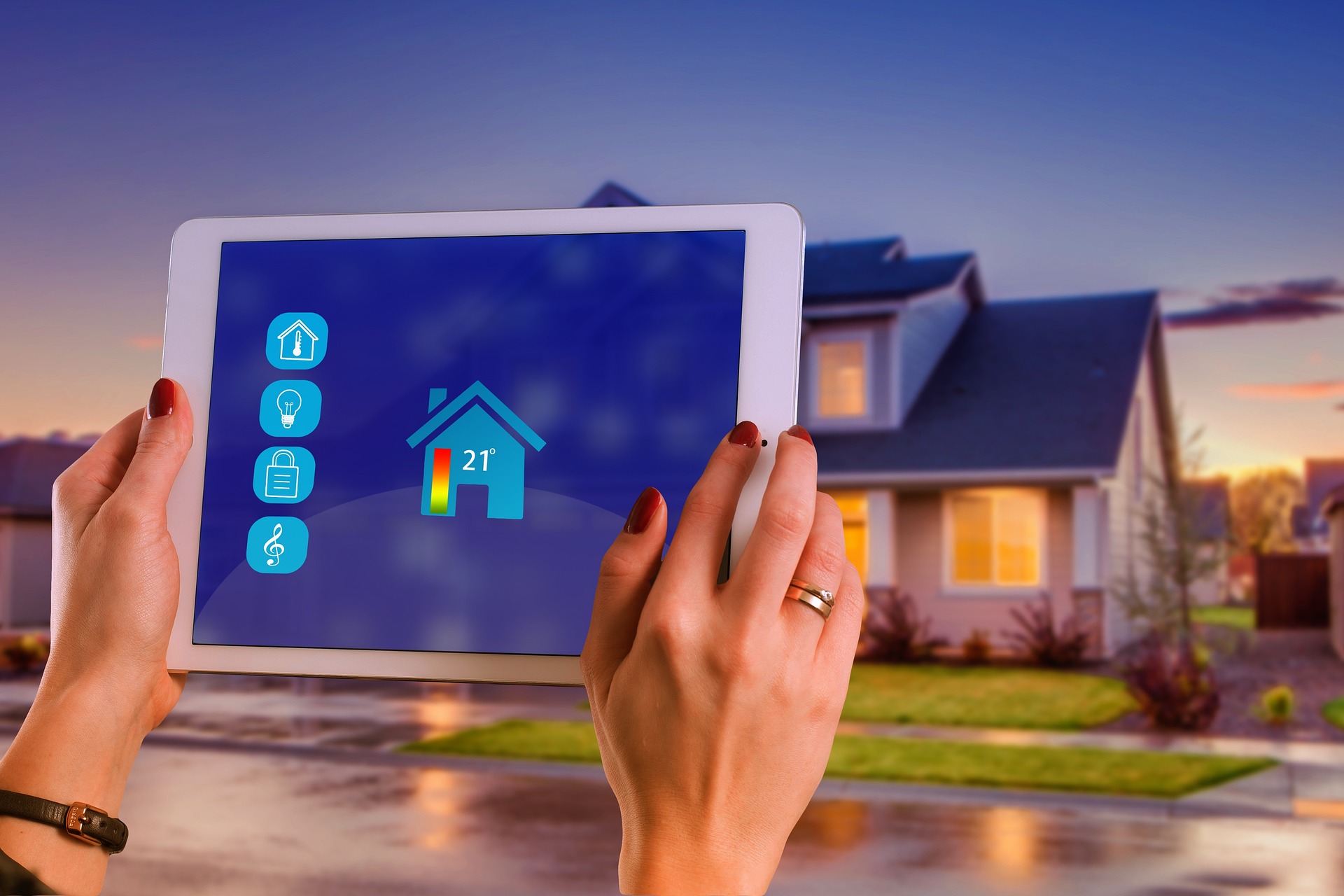
We will introduce three examples of introducing IoT systems.
- Apartment that looks after seniors
- You can check the status of the trash can
Apartment that looks after seniors
Families who live far away from an elderly person often find it burdensome to visit them regularly to check on their condition. This condominium collects data on usage frequency and status by having customers use home appliances that incorporate an IoT system.
If an abnormality is detected in the data, a notification will be sent to the condominium management office, which will help prevent any accidents. By using the IoT system, we are contributing not only to families in need of nursing care, but also to the nursing care industry.
You can check the status of the trash can
Nippon Systemware has developed “BigBelly Solar,” a trash can that incorporates IoT. The collection status of garbage accumulated in the trash can is visualized, making garbage collection more efficient. It also has an automatic garbage compaction function, so you can check the accumulation status and have the advantage of preventing garbage from overflowing from the trash can.
By visualizing the collection status of each trash can, you will be able to see which trash cans are used more frequently and which ones are less frequently used, and you will be able to more efficiently consider areas where you should increase or decrease the number of trash cans.
This is an example that shows how using IoT devices can help solve familiar problems.
Sunstar has developed G・U・M PLAY, a device that works with a smartphone to record tooth brushing status. By incorporating a sensor into your toothbrush, you can score your tooth brushing based on the movement of your toothbrush and the time you brush.
Users can use a smartphone app to view the data collected by the toothbrush and understand how well they are brushing their teeth. The app analyzes your tooth brushing data and gives you advice on how to best brush your teeth.
This is an example of using an IoT system to visualize something that you cannot understand even if you do it yourself.
Introduction to IoT system certification
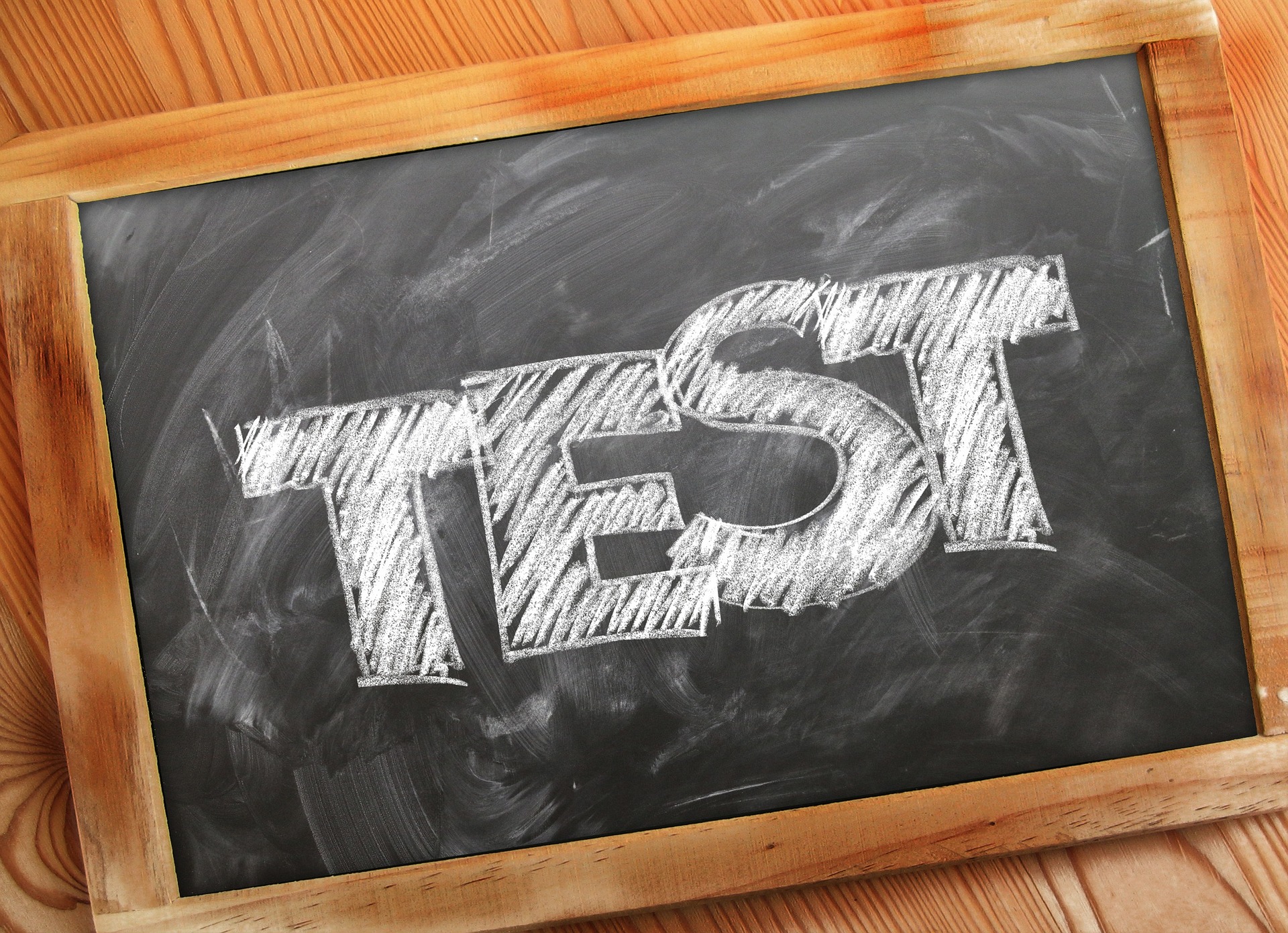
From here, we will explain the following two contents about the “IoT System Technology Certification Exam”, an exam that can check the development and knowledge of IoT systems.
- Overview of IoT System Certification and Benefits of Taking the Test
- Skills and knowledge gained through IoT system certification
Overview of IoT System Certification and Benefits of Taking the Test
The exam has three levels: advanced, intermediate, and basic. Only the advanced level requires exam qualification, and you must have passed the intermediate level or taken a certification program. The exam method is basic, with the intermediate level being a CBT exam (multiple choice questions), and the advanced level being an essay exam based on the course content and course content.
If you are a beginner in IoT systems or are taking the test for the first time, it is recommended that you take the test from the basic level. The purpose of the IoT System Certification is to develop IoT engineers, and each exam requires a certain level of knowledge.
The benefit of passing the test is that you will have more opportunities to work in businesses related to IoT system development (including sales, etc.). Having a qualification will show off that you have knowledge, which can also be used when looking for a job.
Skills and knowledge gained through IoT system certification
The skills gained through the IoT System Certification are the knowledge that is appropriate to the level of each exam. For example, at the basic level, the content would be as follows.
- IoT system configuration and construction technology
- Sensor/actuator technology and communication method
- IoT data utilization technology (AI)
- IoT information security measures technology
- IoT system prototyping technology
There are some parts that overlap with the content explained in this article. The exam will ask you about more detailed information, so it is a good idea to prepare for the exam using a question set.
summary
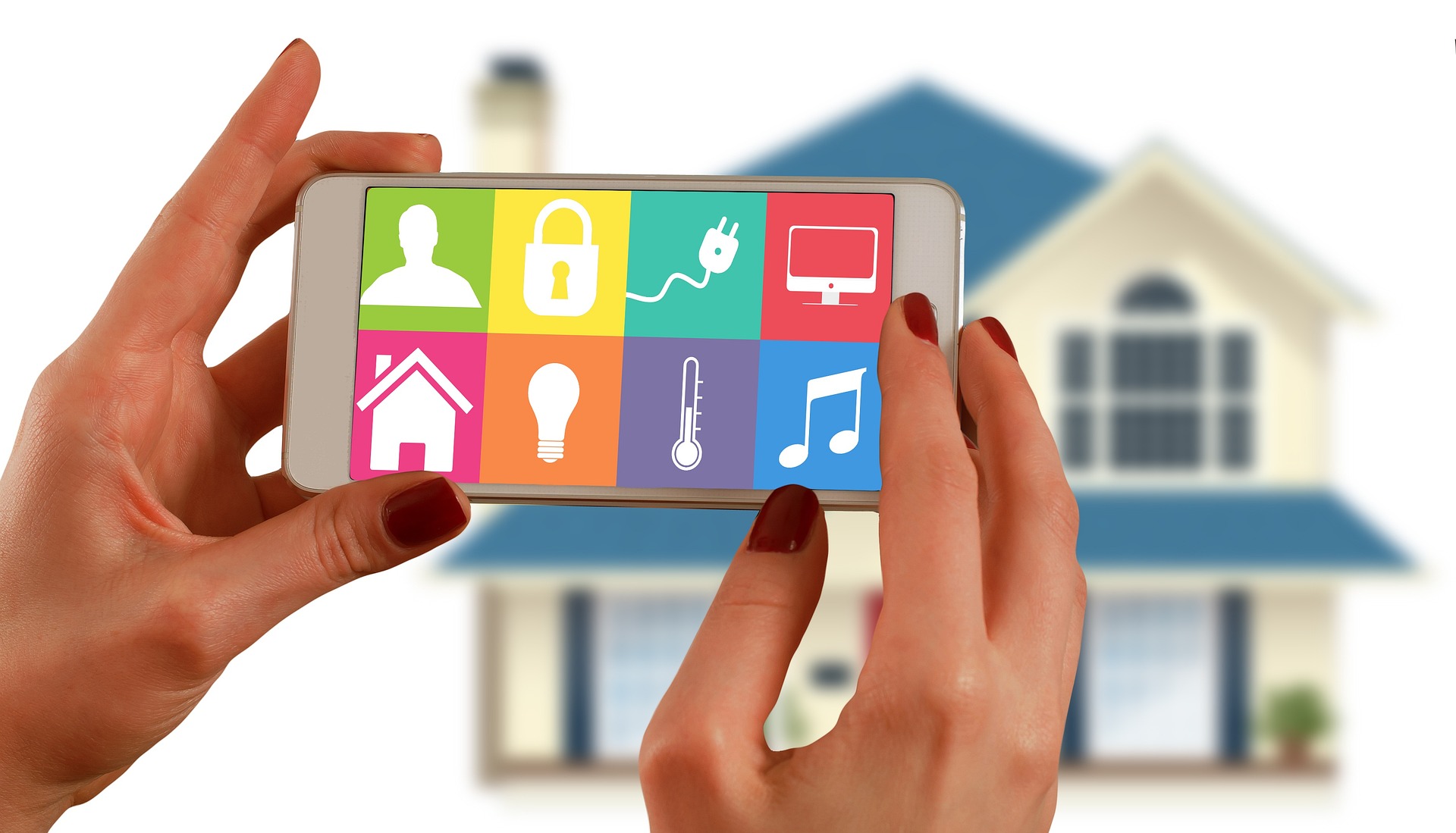
We provided an overview of the IoT system, its components, the background of its spread, what it can do, the development flow, implementation examples, and IoT system certification.
The number of household appliances that use IoT systems is increasing every day, and this trend is expected to continue in the future. In order to coexist with IoT systems in your life, it is important to understand the basics explained in this article.